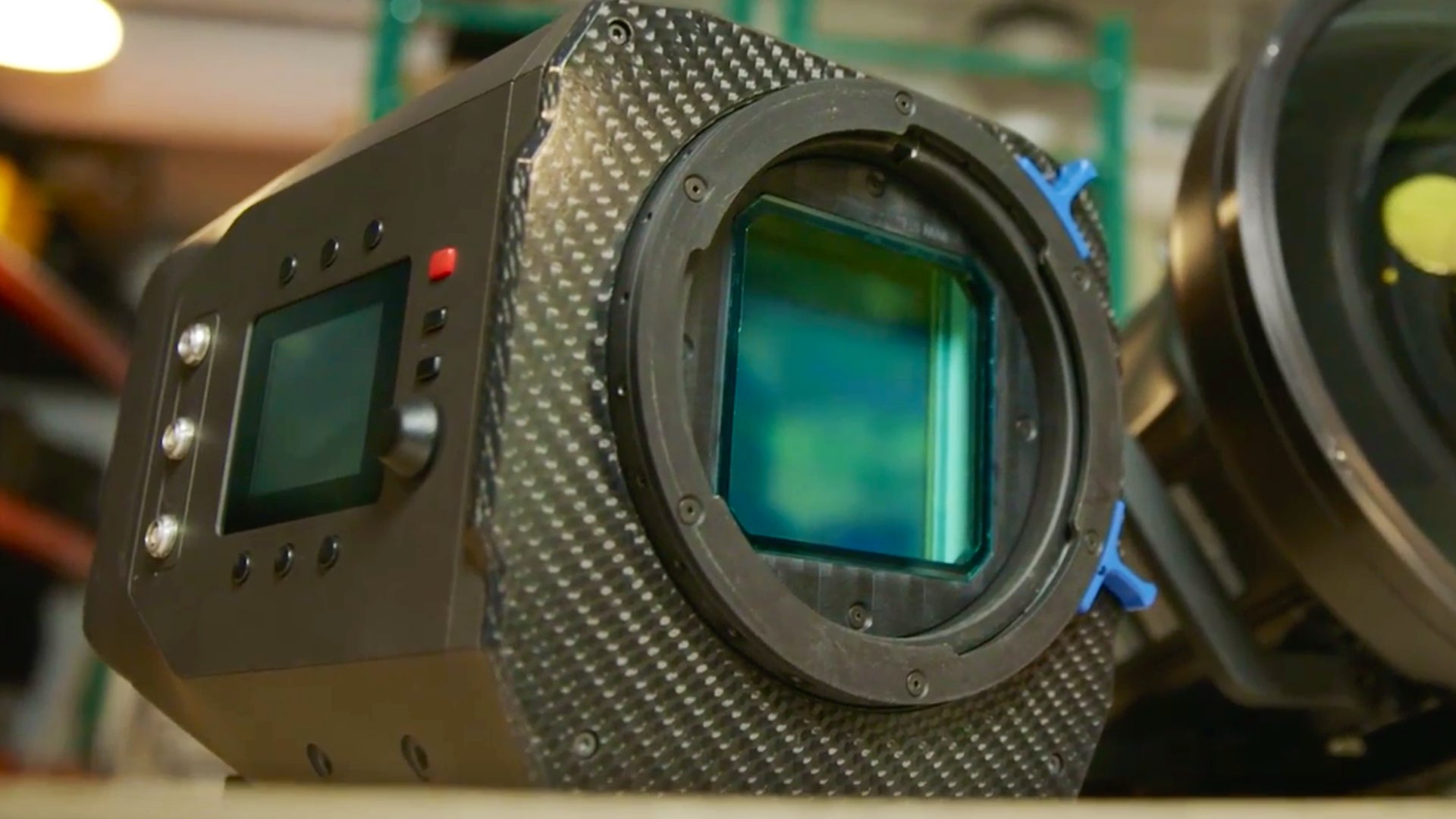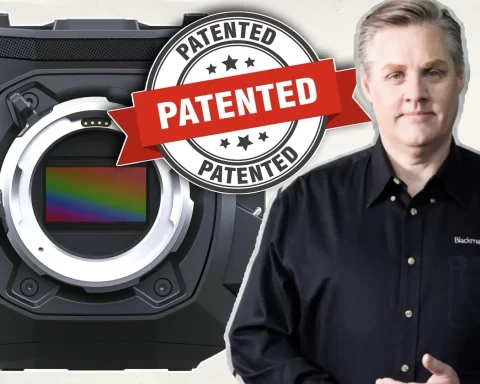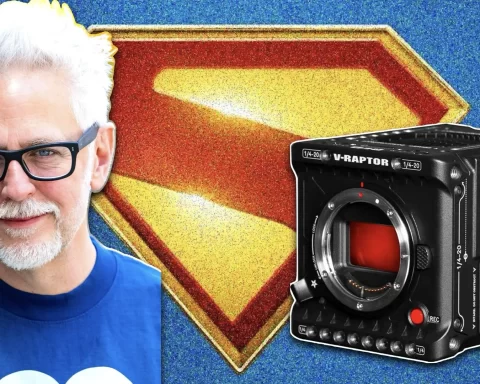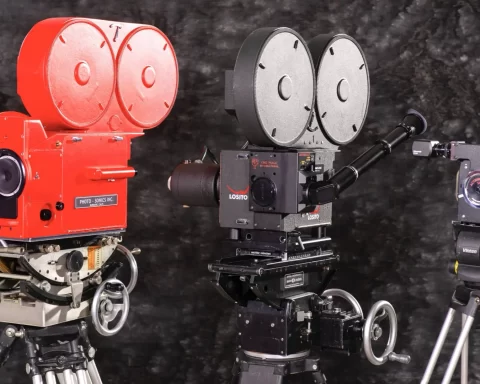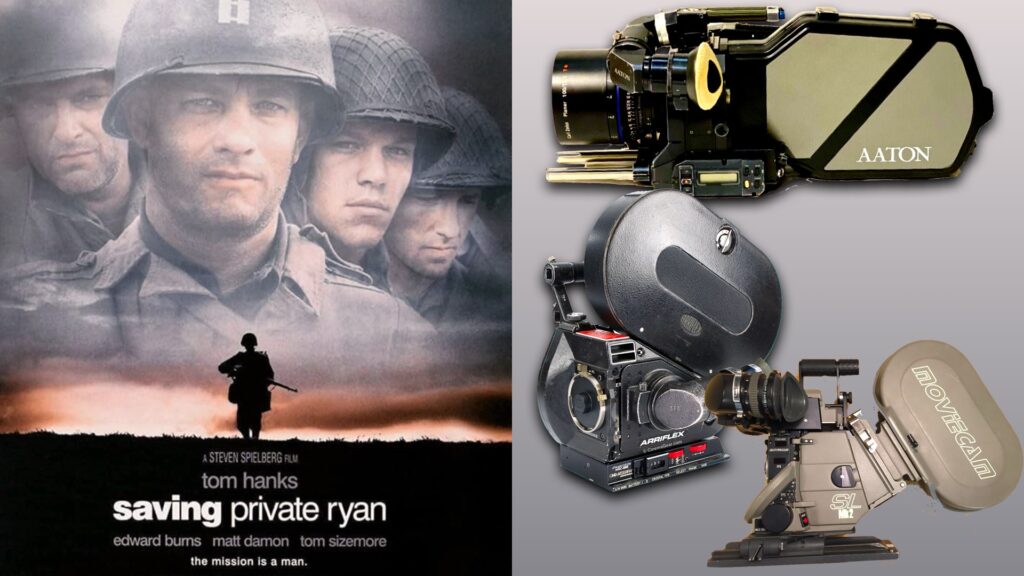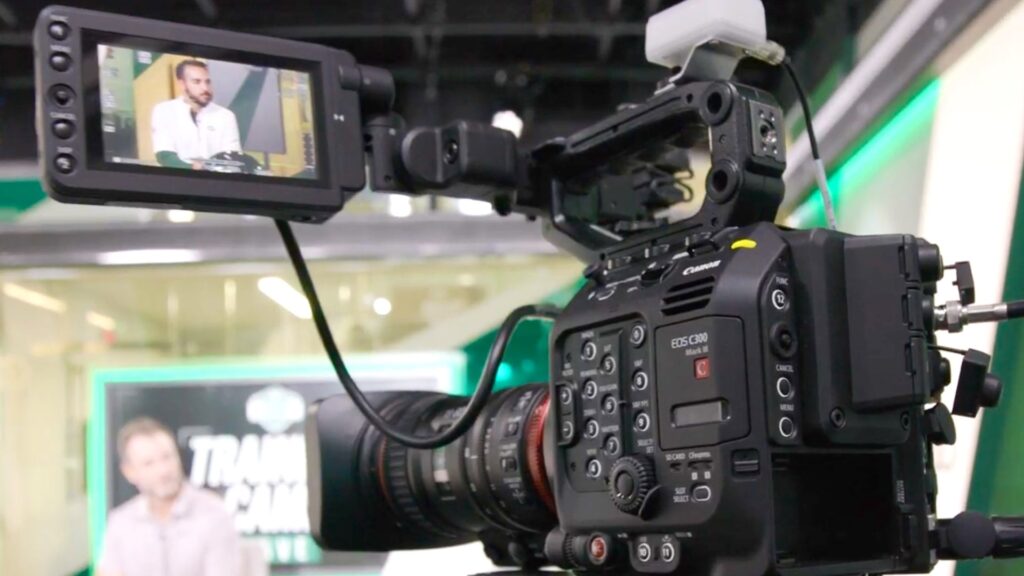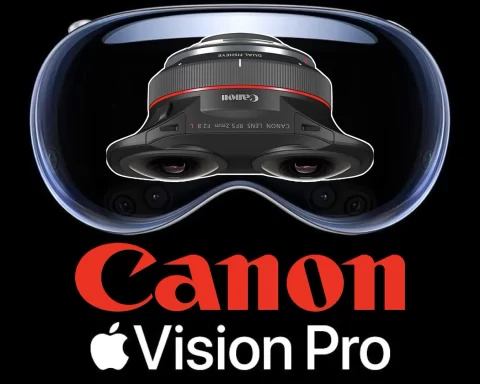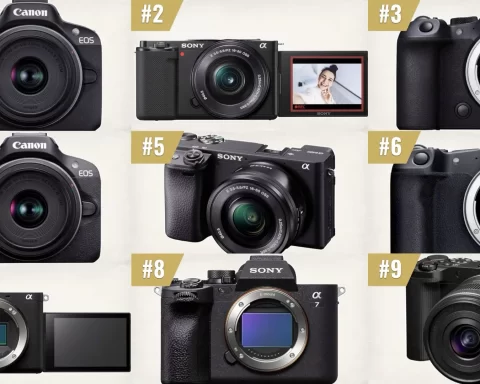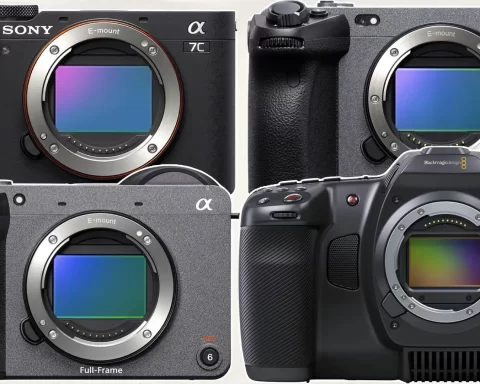In an article titled “Inside the Tech Creating the Las Vegas Sphere’s Groundbreaking Visuals” by the WSJ, Sphere Entertainment states about its plans to utilize its Big Sky camera for scientific applications, inducing space. That’s an intriguing approach – using super-large sensors for scientific research. It will be exciting to watch a real spacewalk inside the Sphere:-)
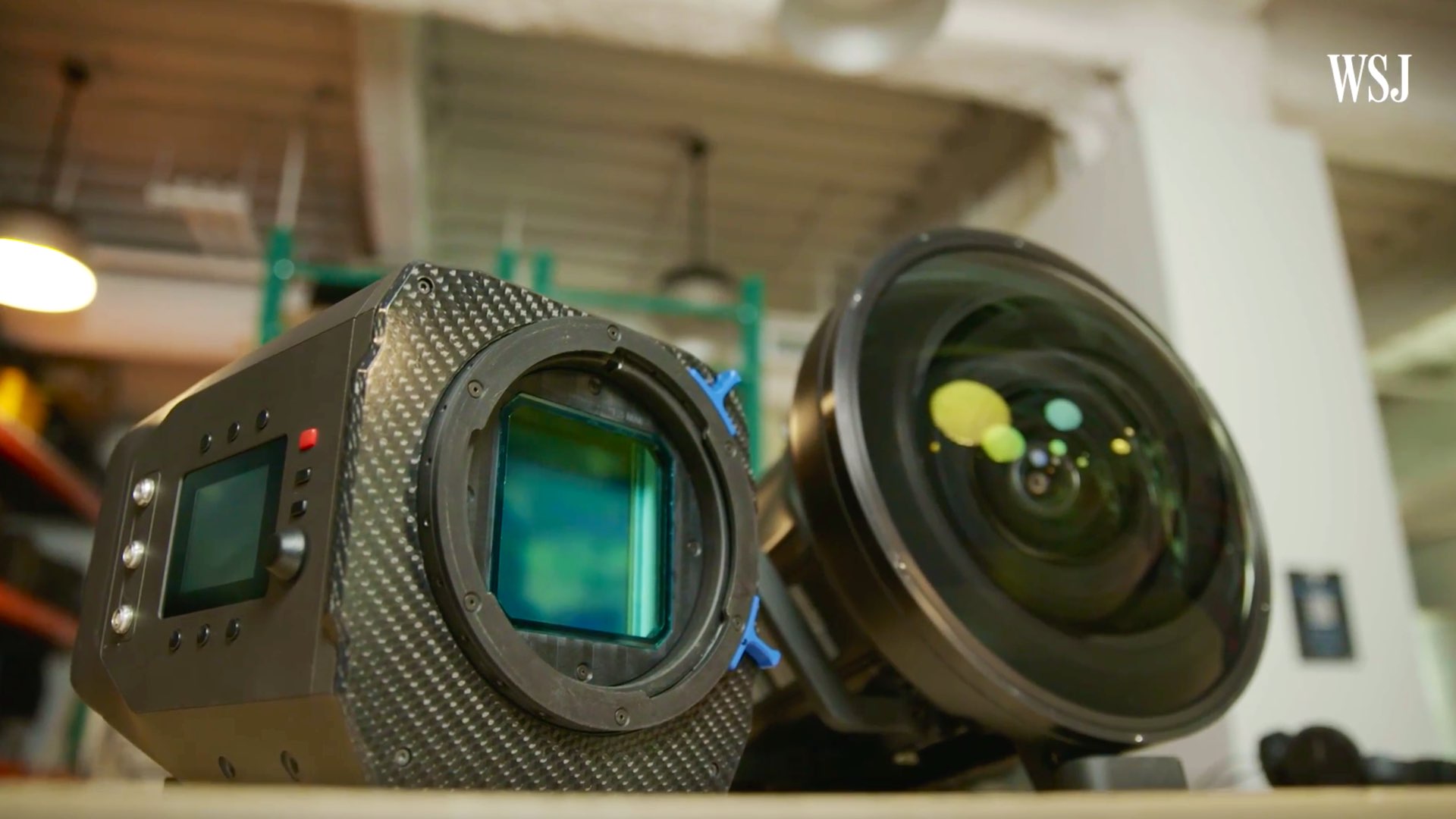
Big Sky sensor to shoot for IMAX X20 screen
We wrote a bunch of articles about the giant 18K (1:1 aspect ratio) sensor of the Big Sky camera. This camera was developed to shoot dedicated content for the mega-giant screen of Sphere, which is the largest high-definition screen on the planet (X20 the size of the largest IMAX). The sensor has a solid DR capabilities of 14.5 stops. Make sure to read the article about this unique sensor. Below you can find more articles about the Big Sky and Sphere:
- Meet ‘Big Sky’ Cinema Camera: 316MP 3” x 3” Sensor, and 18K Resolution at 120FPS
- This Is The Sensor of the ‘Big-Sky’ Camera
- Shooting a Movie on a Data Rate of 32 Gigabits Per Second
- ALEXA 65 and Big Sky Cinema Camera to Shoot First Film to the Giant MSG Sphere
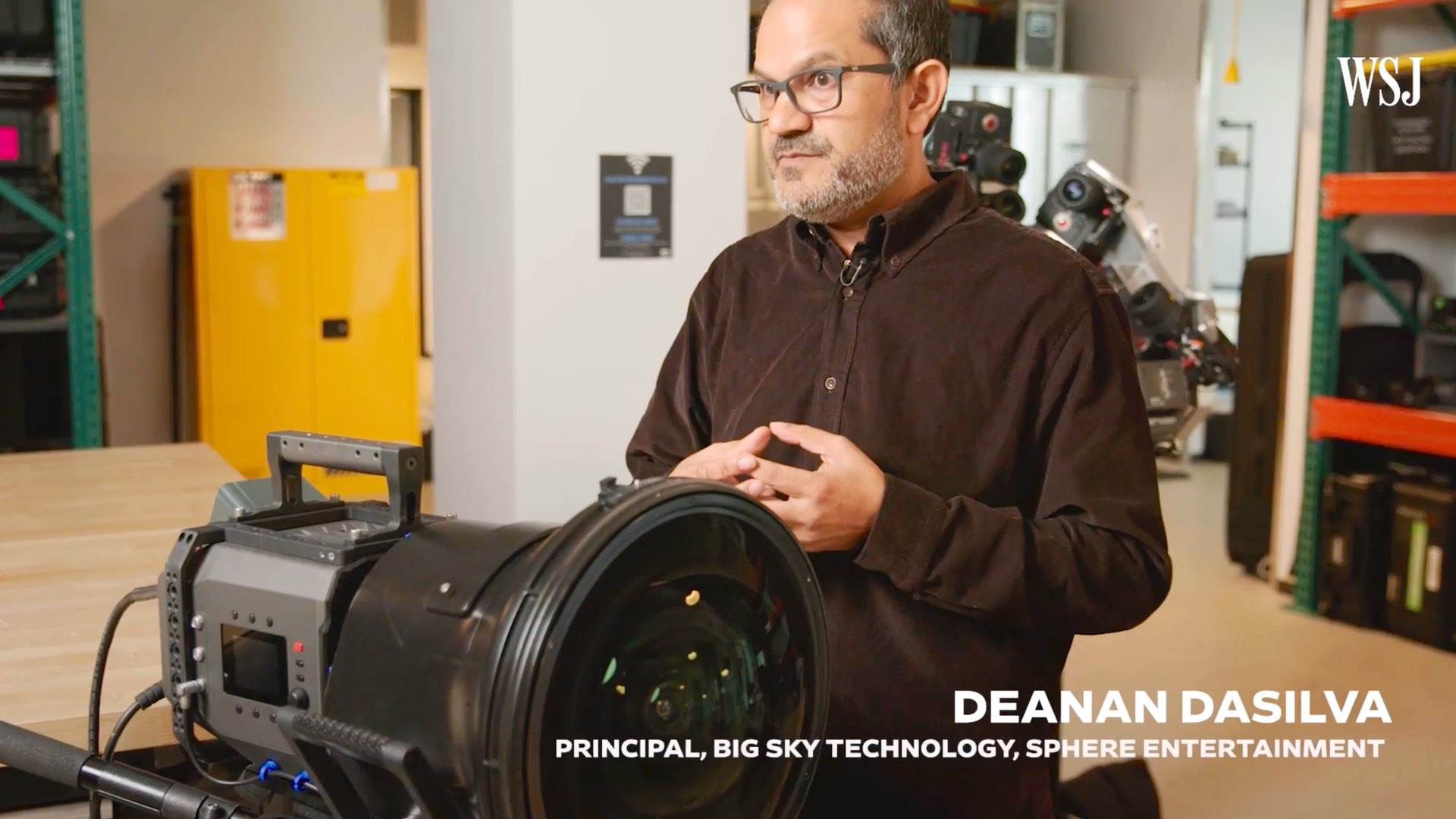
Replacing an array of cinema cameras
In an educating piece by the WSJ (Wall Street Journal), Deanan Dasilva, who is a Principal at Big Sky Technology, and the Chief Architect of the Big Sky camera at Sphere Entertainment, sheds light on the reason for developing this huge sensor camera. It appears that the Big Sky was invented to replace an array of cinema cameras. Sure, you can use an array of 10 RED Monstro 8K cameras to shoot a giant plate, but it collocates the post-production process. Hence, one camera with a super large sensor would sound more logical. Of course, there are IMAX cameras, but they run 65mm film which might not be suitable for applications like Sphere needs.

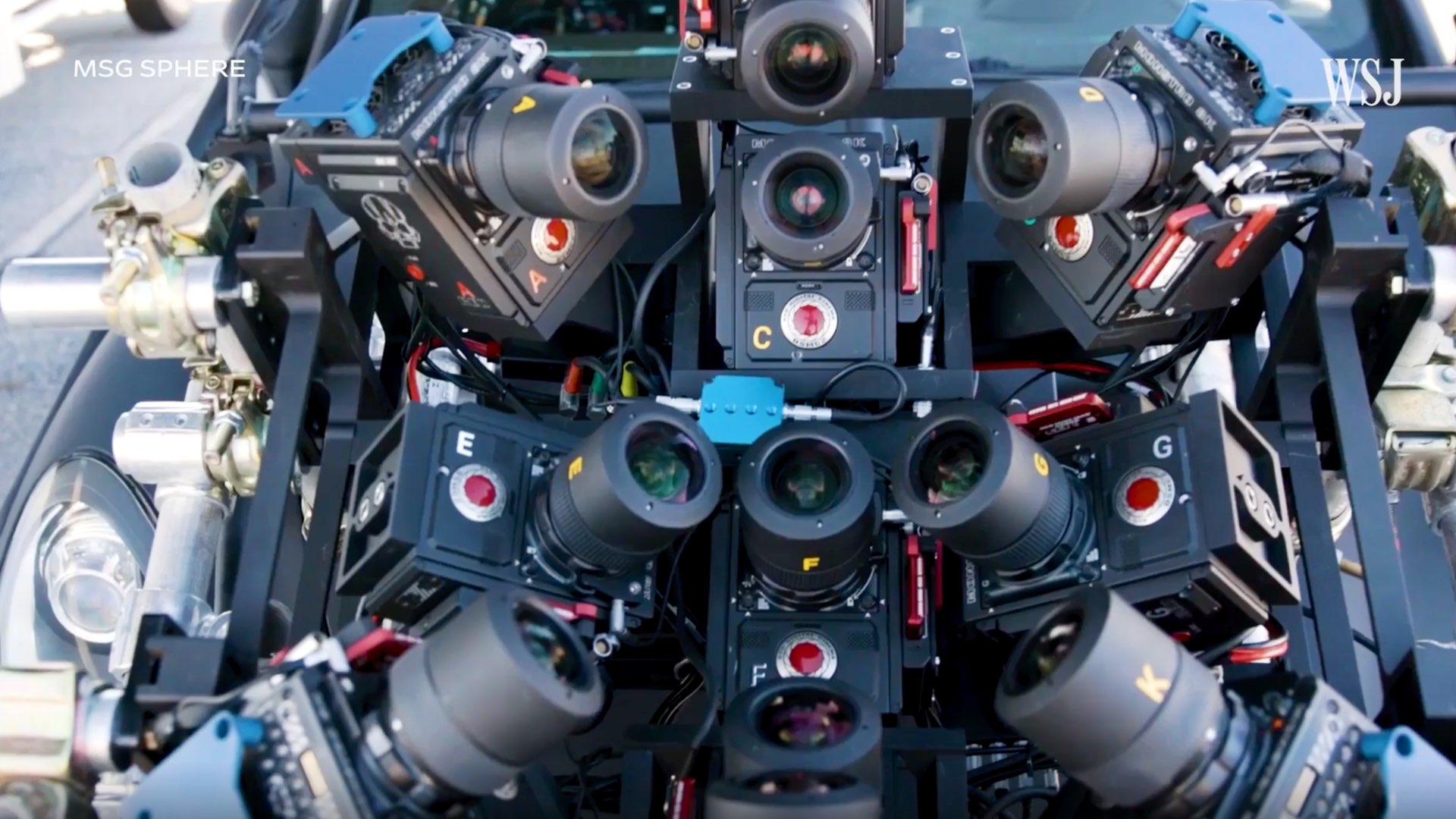
BTW, there’s the ACHTEL 9X7 which was invented especially for giant screens and can replace an array of cinema cameras. The ACHTEL 9X7 seems like a valid alternative to Big Sky or as a B-cam as well. Anyway, for now, the main content screened on the Sphere is aimed at entertainment purposes. Interestingly, in the WSJ video, some intentions have been revealed. Here are a few screenshots:



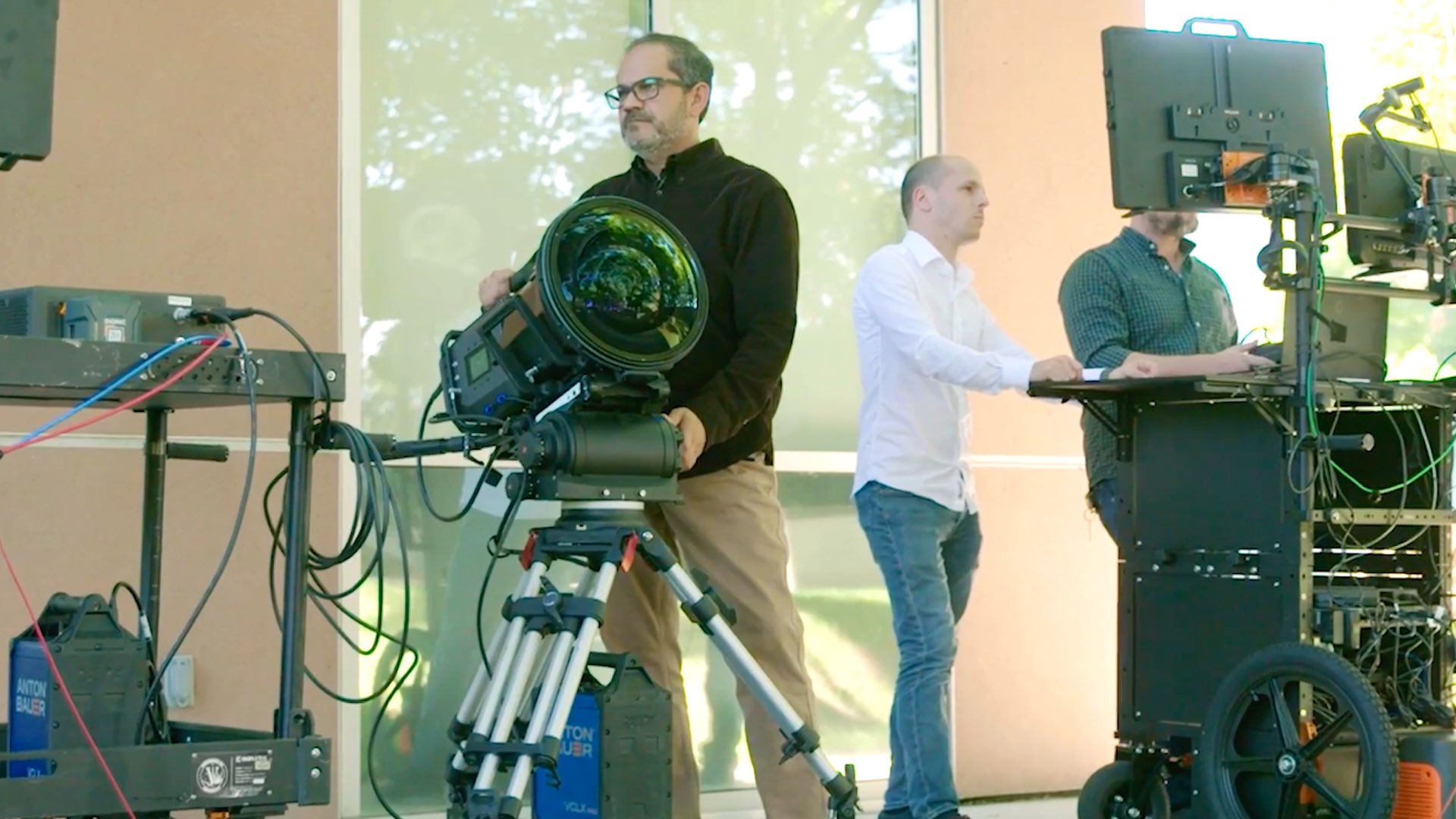


Utilizing Big Sky for space research
“This screen is so big, that the ISS (International Space Station) can fit inside the screen. And so we can convey the people the experience of doing a spacewalk realistically” says Dasilva. Andrew Shulkind, who is SVP of Capture & Innovation at Sphere Entertainment adds: “One of the things that we are very interested in Sphere, is using the venue and the technology for science. That is the type of things we are curious about in the future”. We think that this is a very exciting angle of employing the capability of super large sensor cameras, into scientific applications. As Vision Research super-high-speed cameras are utilized for research and examination, the Sphere super-large-sensor camera can be used for that purpose as well. Furthermore, merging this sensor with a giant screen that is an IMAX multiple by 20, can improve research and contributions to science. Don’t you think?
Watch the article:

